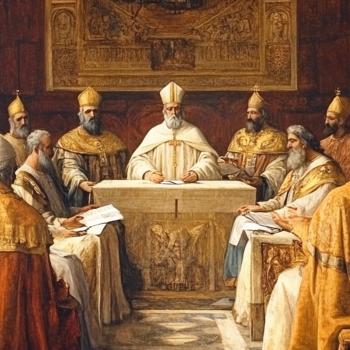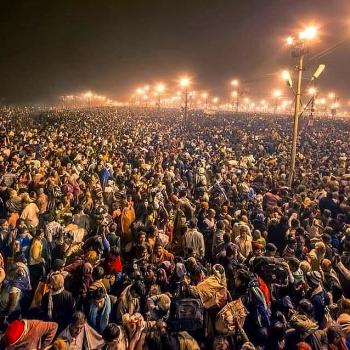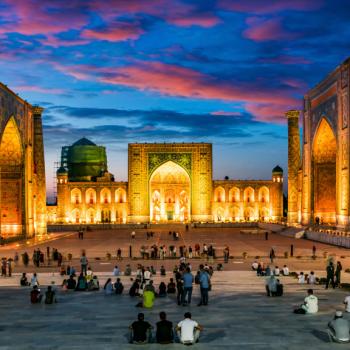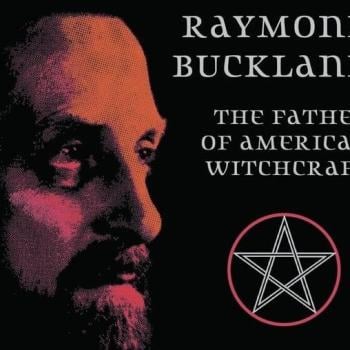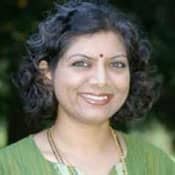I know that this explanation of the "both and" Eastern approach is what set me on the course of interfaith activism, but it is the work of another set of scholars who provide a response to how I contend with the "either or." In their book, American Grace: How Religion Divides and Unites Us, authors Robert D. Putnam and David E. Campbell attempt to answer this question: "How can religious pluralism coexist with religious polarization?" Through many anecdotes and much research, they respond that the answer lies in the fact that religion in America is highly fluid, and interfaith tolerance and acceptance of diversity are increasing.
While such sweeping statements as the FABC one on the difference between Eastern and Western approaches to Truth are difficult to stomach, one must acknowledge that an "either or" approach is very black and white and doesn't easily allow for a colorful, vibrant, or fluid way to raise interfaith children. It is perhaps fortunate that "P." (the Hindu in the interfaith marriage in the NYT story) is encouraged to "celebrate everything, respect everything, believe what feels right." P., like me, will have to find and fulfill her dharma in raising kids—interfaith, Hindu-American, whatever. They are our future.
